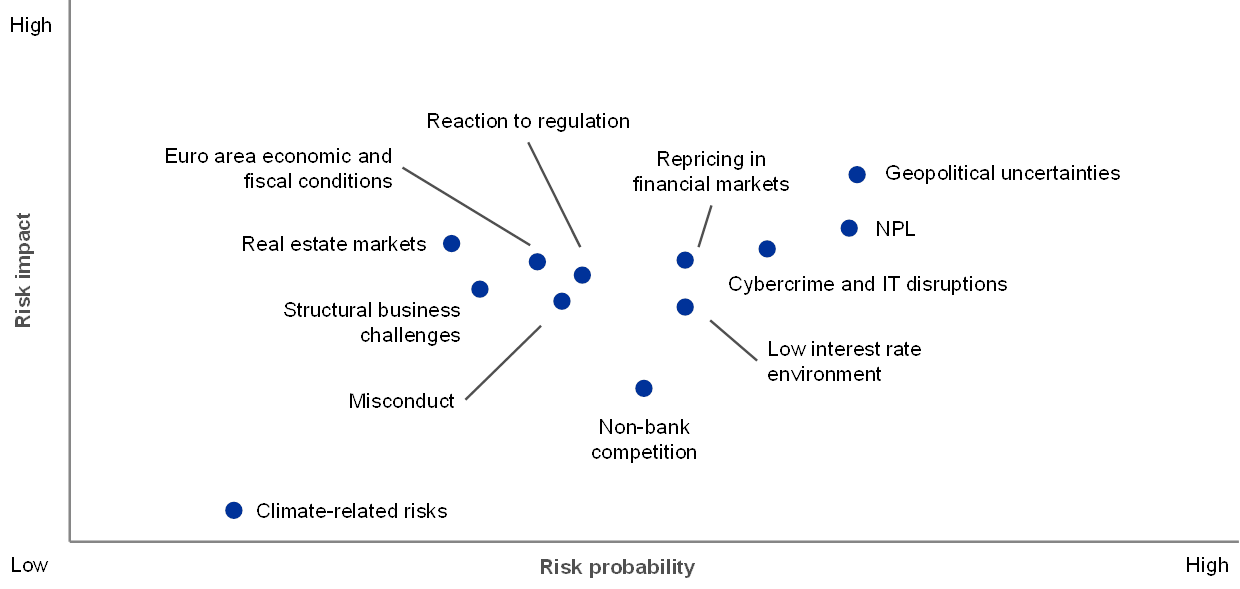
SSM Supervisory Manual – Use of the Supervisory Manual Cohesion and unity While respecting the legal status of their members, the Eurosystem will act as cohesive and unified entity and the SSM as a cohesive and coordinated entity. They will each work as a team and speak with one voice, aiming to be close to the citizens of Europe. Quantitative liquidity measures The SSM SREP is a process built on the above four Elements, assessed based on a ‘common logic’ and a ‘constrained judgement’ approach meant to ensure the right balance between consistency across SSM banks (‘anchor point’) and the necessary supervisory judgment.

The adverse scenario implies a deviation of. The EBA’s strategic areas and activities 9. The ECB will lead the exercise by setting out the detailed design and strategy and by monitoring its execution, as well as consolidating and disclosing the. Under the ECB’s strong oversight, the NCAs will execute the exercise at a national level. Both the ECB and NCAs will use private sector experts to support their assessments.
Com a aprovação deste Regulamento, foi implementado o SSM enquanto primeiro pilar da União Bancária e foram atribuídos ao BCE poderes de. While the CRR explicitly refers only to liquidity reporting, those aspects linked to the calibration of a specific liquidity. Intraday liquidity management. A short voyage on the regulatory and supervisory framework ECB – Money. Contact Group Tuesday, 14.
Overall, the , based on. The SSM Regulation establishes specific types of legal act which the ECB can adopt for the purpose of exercising its tasks under that regulation. The SSM Regulation also stipulates that the ECB’s supervisory tasks must be exercised separately from those relating to monetary policy. This article describes the instruments the ECB has adopted in.
Risk quantification methodologies 7. Management framework 3. Finally, operational, legal and any type of business risks will again be left outside the scope of the exercise , because of their largely idiosyncratic nature and may be considered in future exercises. SSM from a supervised bank perspective Eduardo Avila Head of Global Supervisory Relations. Disclaimer This document is only provided for information purposes and does not constitute, nor must it be interpreted as, an offer to sell or. Liquidity Stress Test. SSM – Single Supervisory Mechanism) affidato alla Banca Centrale Europea (BCE o ECB in inglese).
Comprehensive Assessment, Stress testing, Asset Quality Review, SREP, ecc. Kostenloser Versand verfügbar. Die liebsten Fashion-Marken kaufen. Von Generator bis Wäsche. Alles finden, was Sie brauchen.
Wir machen die Rückgabe einfach. Weiterentwicklung reg7monitor. Bay hat alles für Sie! ECB launched a sensitivity analysis of liquidity risk to assess the ability of the banks it directly supervises to handle idiosyncratic liquidity shocks.

Basel IV Projekt Großbank. ECB published a template for the sensitivity analysis of liquidity risk and the template is largely based on the Single Supervisory Mechanism ( SSM ) liquidity template. ECB also published frequently asked questions (FAQs) for the sensitivity analysis of liquidity risk. DNB is collecting every quarter the templates for banks on a voluntary basis. Mechanism ( SSM ), containing the minimum set of information to be provided to the Single Resolution Board (SRB) in case of a severe liquidity crisis.
As liquidity has been abundant in the euro area in recent years and as the ILAAP for many firms has fallen below supervisory expectations, the ECB wants to ensure that banks are able to absorb liquidity shocks in the event of a new crisis. The ECB shall also directly supervise a less significant supervised entity or a less significant supervised group under an ECB decision adopted pursuant to Article 6(5)(b) of the SSM Regulation to the effect that the ECB will exercise directly all relevant powers referred to in Article 6(4) of the SSM Regulation. For the purposes of the SSM , such a less significant supervised entity or less significant supervised group shall be classified as significant.
It should take full account of the relevant macroeconomic conditions in Member States, in particular the stability of the supply of credit and facilitation of productive activities for the economy at large.
Keine Kommentare:
Kommentar veröffentlichen
Hinweis: Nur ein Mitglied dieses Blogs kann Kommentare posten.